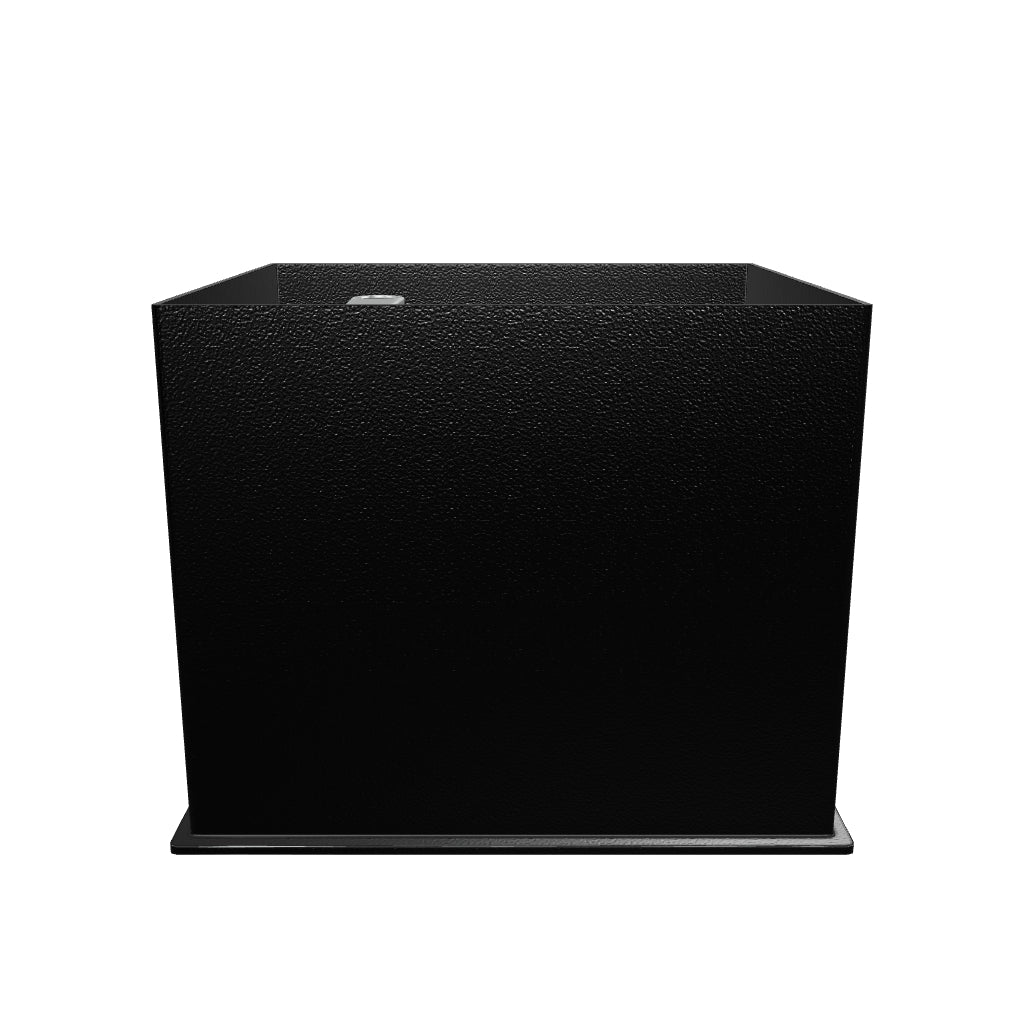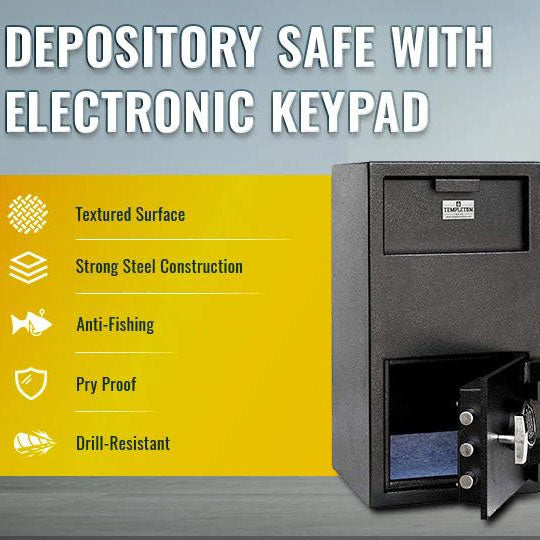Mechanical Vs. Electronic Safes For Home
Are you consideringgetting a safe for your home, but at the same time, can’t seem to decide between a mechanical and electronic safe? If this is the case, then this article is perfect for you.
Read on as we explore the differences between mechanical and electronic safes for homes, and which type of safe is better and safer.
What is a Mechanical Safe?
The majority of people frequently visualize a mechanical lock when they think of a home safe. The lock must be opened by repeatedly spinning the dial left and right until the proper combination code is entered.
With that said, some mechanical safes can also have a lock and key system for easier accessibility. But in general, mechanical safes do not have any electronic parts and are rather durable.
What is an Electronic Safe?
What about electronic safes for homes? Electronic safes typically have a battery-operated digital keypad. While their locks may appear identical to conventional locks, they need a three- to six-digit password to be input on the electronic keypad.
But the key difference between electronic and mechanical safes is the fact that electronic safe makes use of the benefits, convenience, and high levels of security from technology. A safe with an electronic lock like the ones used on TempletonSafes.com safes also allow multiple user codes (up to 6 total users) so multiple people can access the safe with their own code.
Is a Mechanical Safe or an Electronic Safe Better?
Now that you better understand the differences between a mechanical safe and an electronic safe, here comes the important question – which one is the better option? While mechanical safes may be cheaper and more traditional, we highly recommend electronic safes.
Sure, you may save some costs with mechanical safes, but is it really worth that small bit of money for a higher risk of losing your precious belongings? Compared to electronic safes, mechanical safes are less safe. After all, most mechanical safes are categorized as Group Two, and a skilled criminal can often pick them within 15 minutes.
Not only that, but they are also sluggish to open, and if you make a mistake, you have to start over. This takes up valuable time in an emergency when you need to quickly access your items. And if you want to change the code, you must employ a locksmith to replace the lock code. On the other hand, an electronic lock is a lot more reliable and safer.
Digital safe locks, which fall under Group 1 locks, offer a high level of manipulation resistance due to their 999,999 potential lock combinations. In fact, a criminal would need up to 27 years to try every combination of combinations in a computerized safe lock. At the same time, you are free to select and modify your own passcode.
Many electronic safes also include lights that provide quick, simple access in the darkness of the night so that you may easily examine to enter your code regardless if you are using glasses or not. The safe's security is unaffected when the keypad is taken out.
And after multiple failed attempts, they block illegal users, so it provides an additional layer of security. Passcodes are also retained in the lock memory even when batteries are changed. Essentially, electronic safes, such as the T901 Residential Home Office Safe, are a much better option.






























